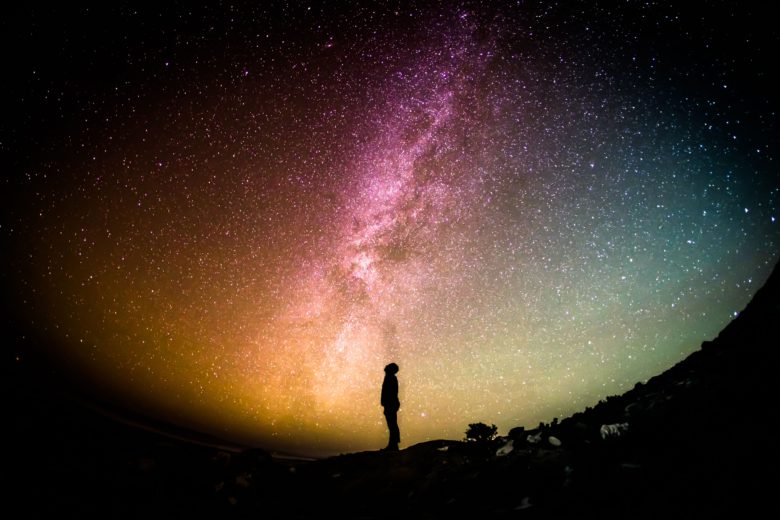“This post contains affiliate links. If you shop using these links I make a small commission, but you are never charged any extra! And as always, my opinions are completely my own.”
The new year is the perfect time to try something new. Astronomy is a great outdoor activity for your nerd and can be fun for the whole family.
If you are looking to get into astronomy, 2020 is a great year to start. In addition to 13 Full Moons, we will be having four Supermoons, and a Ring of Fire Solar Eclipse. You can start stargazing using binoculars to keep costs down and make sure it is something your nerd will stick with before you invest in a telescope. Check out my post on Stargazing With Binoculars for more information on getting started with binoculars. I still recommend the Celestron Cometron 7×50 Binoculars for beginning stargazers. The 50mm lens lets in plenty of light allowing clear viewing of the night skies. At less than $40, this is a great beginner option.
Astronomy is also a great way for your nerd to get some exercise. Hiking to find a dark area, away from city lights while carrying gear is a great way to get your nerd moving and outside.
Make sure you don’t miss the following dates:
February 9, March 9, April 8, and May 7: Supermoons

When our moon is relatively close to Earth on its elliptical orbit, it appears slightly larger and brighter in the night sky. This is called a supermoon. There are four supermoons in 2020, starting with February’s “Super Snow Moon” and ending with May’s “Super Flower Moon.” The best way to see and appreciate a supermoon is to watch it as it rises in the east or sets in the west.
June 21: “Ring of Fire” Solar Eclipse
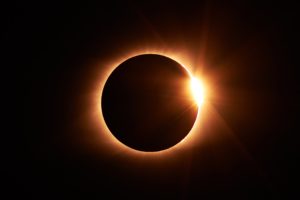
A micromoon is the opposite of a supermoon. This occurs when our moon is further away than usual, so it looks smaller in the sky. When a micromoon crosses in front of the sun, it doesn’t block enough light to cause a total solar eclipse. The result is an “annular” solar eclipse that looks like a “ring of fire”. This will happen on June 21, 2020, when a new moon will block 99% of the sun. The path of the eclipse will begin in central Africa and travel through Saudi Arabia, northern India, and southern China before it ends in the Pacific Ocean. A partial eclipse will be visible throughout most of eastern Africa, the Middle East, and southern Asia. Unfortunately, it will not be visible in North America.
Stay Connected & Subscribe to our Newsletter.
July 5: Thunder Moon Eclipse
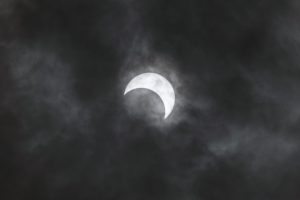
When the sun and moon are lined up for a solar eclipse, they will also be nicely aligned for a lunar eclipse two weeks before and after. Two weeks after June’s “ring of fire” eclipse comes a “penumbral” lunar eclipse. This one will be visible in North America as well as in South America and Africa. It is the perfect night to take a photograph of the full moon, something that’s normally very tricky.
One of the best cameras for photographing the night sky is the Canon EOS Rebel T6 Digital SLR Camera Kit. This kit includes the camera, a lens, a battery, a battery charger, a USB connector (to connect to your computer), and a neck strap. One of the best features of this camera is the CMOS Sensor which works well in low light situations. The EOS Rebel T6 uses a smaller crop sensor which isn’t always ideal for astrophotography but makes up for it with a large ISO range and a powerful CMOS sensor. One thing I love about this camera is its Wi-Fi connectivity. The powerful image processor quickly digitizes your image, which can then be sent to your smartphone or computer without having to remove your storage card. At just a little over $300, the Canon EOS Rebel T6 is a great option for astronomy.
October 31: Blue Hunter’s Moon
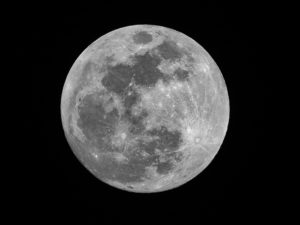
When there are two full moons inside one calendar month, the second is called a “blue moon”. This is possible because the cycle of the lunar month is only 29 days. That happens only once in 2020, a year that contains 13 full moons in total. This should make Halloween extra special for your nerd.
December 14: Geminids and a Total Solar Eclipse
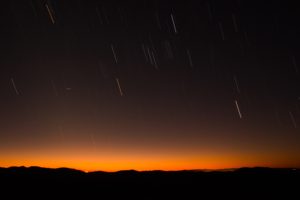
We will be ending 2020 with one of the most amazing sights of all, a total solar eclipse. Hopefully, you have been saving your airline miles because you will need to be in either the Chilean Lake District or Patagonia in Argentina. Astronomers from all over the world will be descending on Argentina. If you are able to go, it will be worth the journey. As well as a two-minute totality and brief darkness during the day, just 10 hours before the eclipse is the peak of the Geminid meteor shower. During this time, 120+ multicolored meteors will rain down on eclipse watchers.
December 21: Great Solstice Conjunction
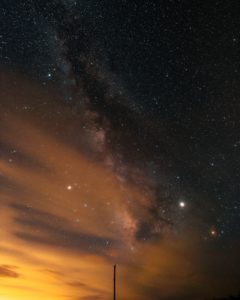
Every 20 years, the planets Jupiter and Saturn will look very close to each other in Earth’s sky. Just after sunset, on the date of the winter solstice, the two giant planets will appear to only be 0.06º apart in the western sky. This will be visible in the Northern Hemisphere. The result will be an entrancing “double planet,” something that won’t happen again until 2040. Don’t worry, Malekith will not be releasing the Aether to return the universe to his preferred state of darkness. Thor has already taken care of him. For non-Marvel nerds, you can see what happens in Thor: The Dark World.
If astronomy is an activity that you and your nerd have ever considered, 2020 is a great year to get started. I hope that this will get you on the path to many nights of exciting viewing of the skies. Happy stargazing!
For more information on getting started with stargazing check out my previous posts:
Purchasing Your First Telescope
Enjoying MommyNerdist? Sign up for our free newsletter today!

